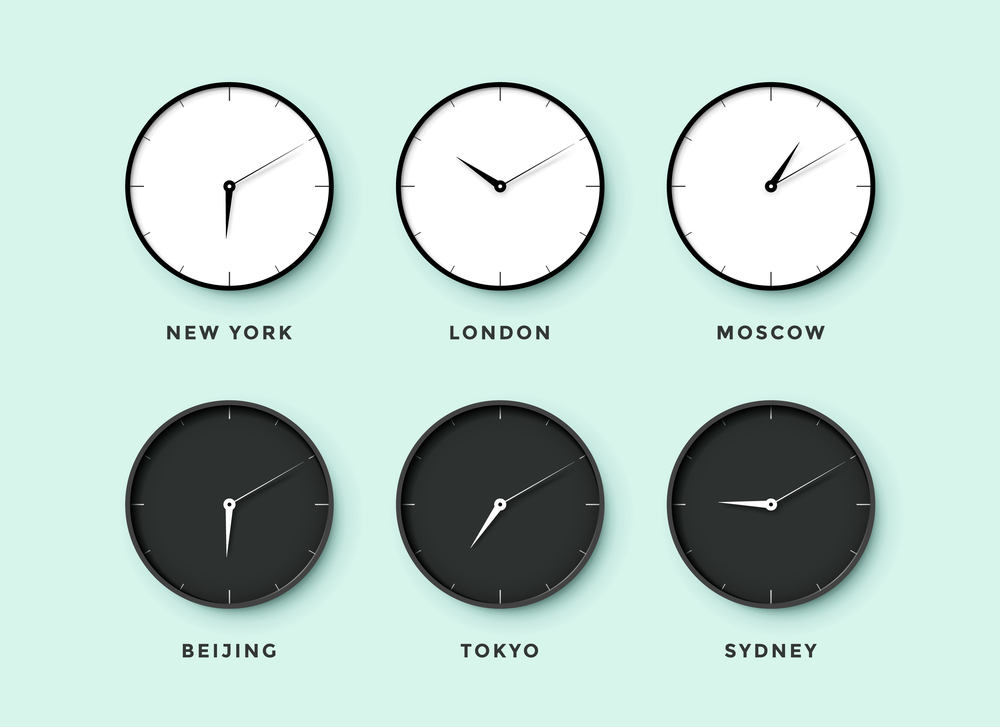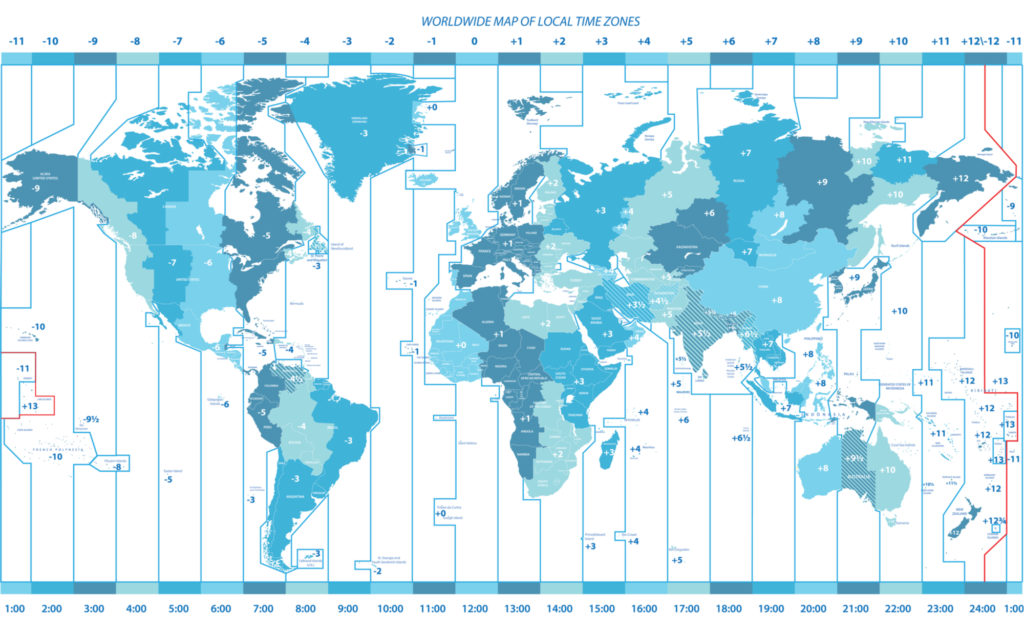Imagine taking a charter from New York City to London on Tuesday, then London to Dubai on Thursday. By the time Friday rolls around, you’ll have accumulated 9 hours in time zone changes and, depending on your flight times, might be as much as a day ahead. Now, imagine flying back to New York City.

Chartering global flights takes a major toll on the body and often leaves people wondering what day it is. It’s definitely something to get used to and is much easier to digest with proper timekeeping practices.
Traveling between time zones
Anyone who’s ever suffered from jet lag understands how jarring it can be to go back and forth between time zones. Our body’s sense of time and circadian rhythms are off, thanks to the lack of daytime/nighttime cues from the sun. After multiple flights, your body doesn’t know what day it is or when it should sleep — which is why proper timekeeping is so important.
Typically, it’s easier to recover from a westbound flight than an eastbound one because westward flights lengthen the day while eastward ones shorten it. It’s a smart idea to plan travel around the time you want it to be when you land, not when you leave. This helps your body get back into rhythm after a time zone change. It’s also smart to nap whenever possible. An hour or two of restorative sleep makes a real difference when you’re leapfrogging time zones over the span of several days.

UTC, GMT, and Zulu — what’s the difference?
You can keep track of how long your flights have been by using the 24-hour clock and Coordinated Universal Time (UTC). While UTC is often used interchangeably with Greenwich Mean Time (GMT) and Zulu Time, UTC is the standard.
 GMT is calculated by the time at the prime meridian in Greenwich, England, but it’s important to note that their day starts at noon and runs to the following day at noon. GMT also observes Daylight Savings Time, whereas UTC does not. Finally, Zulu Time is essentially UTC with a different name.
GMT is calculated by the time at the prime meridian in Greenwich, England, but it’s important to note that their day starts at noon and runs to the following day at noon. GMT also observes Daylight Savings Time, whereas UTC does not. Finally, Zulu Time is essentially UTC with a different name.
To calculate how long your flights are, convert all times to UTC. For example, a flight from San Francisco that leaves at 8 a.m. PST departs at 1600 UTC, or 4 p.m. It might land in New York City at 9 p.m./2100 UTC, which is 1 p.m. PST and 4 p.m. EST. By converting all times to UTC, it’s easier to tell that the flight took five hours.
Best timekeeping practices
Chances are, you pull out your cell phone to check the time — which is convenient when you’re on the ground, but impractical in the air. Experts suggest that you combat this by setting all timepieces to UTC and being aware of the local time zone you’re landing in. For example, PST is -800, whereas EST is -500.
Setting a single standard for your aircraft and timepieces — and doing simple math — makes it much easier to calculate flight times and know when to get some rest.